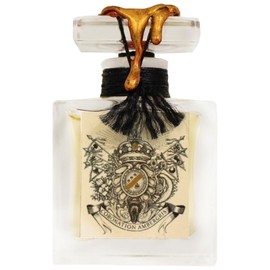


Part 13A of the EPBC Act also regulates the export and import of all whale products including ambergris. Ambergris and Australian lawīecause ambergris is a whale product, the Environment Protection and Biodiversity Conservation Act 1999 ( EPBC Act) regulates it's possession and movement in the Commonwealth Marine Area (three nautical miles from the coast out to 200 nautical miles). When the needle is withdrawn the ambergris will leave a tacky residue on it.' (Perrin et.al, 2002, p21). 'The simplest way to confirm its identity is to heat a wire or needle in a flame and thrust it into the sample to a depth of about a centimetre if the substance is really ambergris it will instantly melt into an opaque fluid the colour of dark chocolate. But according to Clarke (2006) it is still valuable in perfumery as a fixative. 'In the 20th century, synthetic chemicals replaced it so it no longer has much value.' (Rice in Perrin et. What is ambergris used for?Īmbergris has been used for many years in the perfume and medical industries to fix the odours of scents. Ambergris has been known to come from sperm whales since 1724 (Boylsten in Berzin 1972). During the days of whaling ambergris was one of the many products to be taken from sperm whales. Ambergris floats and is sometimes found on beaches and shorelines. and losing its unpleasant odour.Īmbergris is found in lumps of various shapes and sizes, ranging from 15 grams up to 420 kilograms. Exposure to sun, air and salt water oxidizes it, and eventually it becomes grey and waxy, often still embedded with small squid beaks. Initially it floats on the ocean's surface and is black and sticky. Large pieces of ambergris seem to build up in the whale intestine over its life and is usually released when the whale dies.

A common misconception is that ambergris is released as faeces, however whale faecal matter is fluid and whales could have difficulty processing large pieces of solid matter. It is suggested that it is formed in the intestine of the whale to cover the indigestible objects from the animals on which it feeds (mostly the beaks of squid). It is however, only found in about 1-5% of these whales, so is not a common substance.Ĭlarke (2006) explained the process of ambergris formation in sperm whales. NOTE: Under Australian law ambergris is considered to be a whale productĪmbergris is a solid, waxy material produced in the sperm whale (Physeter macrocephalus) and also in the pygmy sperm whale (Kogia breviceps).


 0 kommentar(er)
0 kommentar(er)
